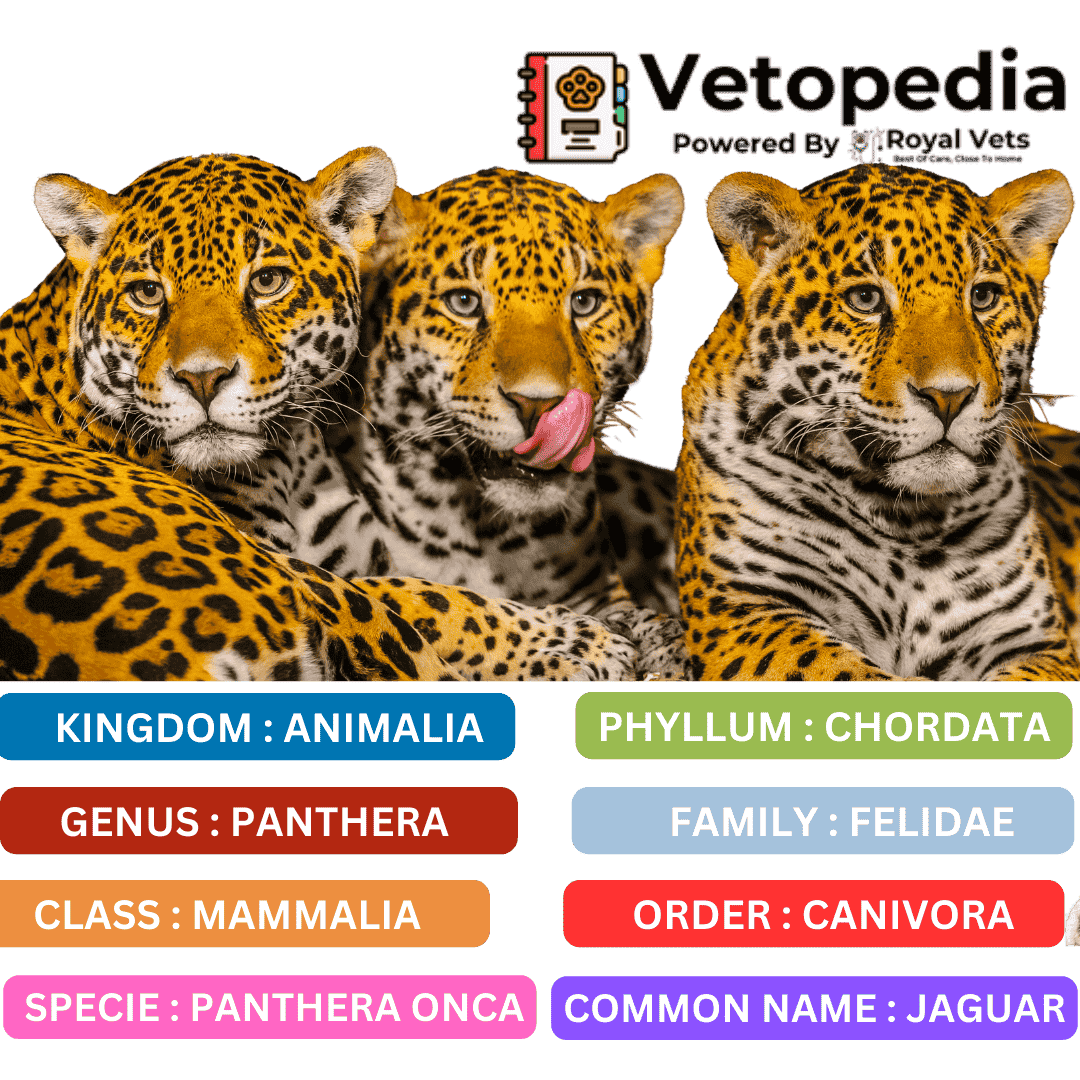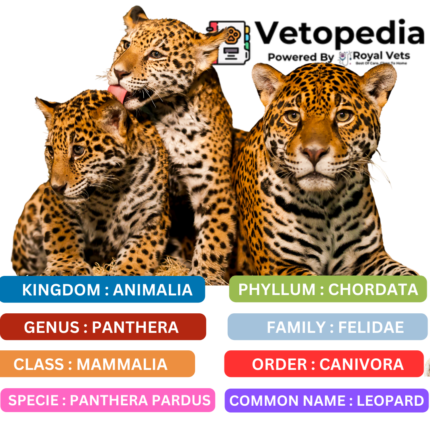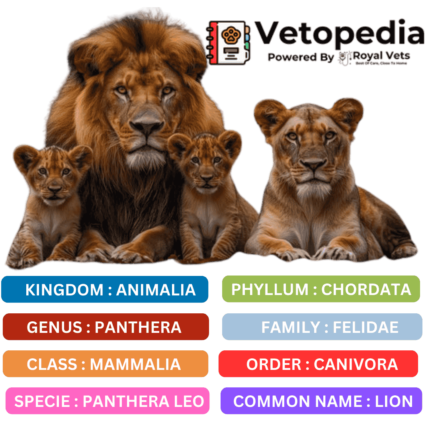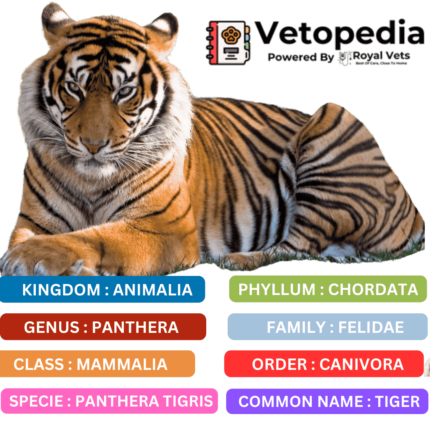The Classification of a Jaguar in the Animalia Kingdom
The classification of a jaguar in the Animalia kingdom is as follows:
- Kingdom: Animalia
- Multicellular, eukaryotic organisms that are heterotrophic.
- Phylum: Chordata
- Animals with a notochord, dorsal nerve cord, and post-anal tail during some stage of their development.
- Class: Mammalia
- Warm-blooded vertebrates with hair or fur, and females produce milk to feed their young.
- Order: Carnivora
- Predatory mammals with specialized teeth and claws designed for hunting and eating meat.
- Family: Felidae
- The cat family, characterized by retractable claws, sharp senses, and agile bodies.
- Genus: Panthera
- Big cats capable of roaring, such as lions, tigers, leopards, and jaguars.
- Species: Panthera onca
- The jaguar, a powerful predator and the largest big cat native to the Americas.
This classification places the jaguar within the big cat family (Felidae) and the Panthera genus, which also includes lions, tigers, and leopards. The scientific name for the jaguar is Panthera onca.
Fascinating Fun Facts About Jaguars
- Largest Cat in the Americas: Jaguars are the largest big cats in the Americas and the third-largest in the world, after tigers and lions.
- Powerful Bite: Jaguars have the strongest bite force of all big cats, capable of crushing turtle shells and puncturing skulls with their jaws.
- Spotted Beauty: Their coat features rosettes with central spots, a pattern that provides excellent camouflage in their rainforest habitats.
- Water Lovers: Unlike most cats, jaguars are excellent swimmers and enjoy hunting in water. They often prey on fish, caimans, and capybaras near rivers and lakes.
- Stealthy Predators: Jaguars are ambush hunters, using their powerful bodies and stealth to surprise prey before delivering a killing bite to the skull or neck.
- Wide Range of Habitats: Jaguars thrive in a variety of habitats, including rainforests, grasslands, wetlands, and scrublands, from Mexico to South America.
- Solitary and Territorial: Jaguars are solitary animals that defend large territories. They mark their range with scent markings and vocalizations.
- Nocturnal Hunters: Although they can hunt during the day, jaguars are primarily nocturnal, relying on their excellent night vision to catch prey in the dark.
- Adaptable Diet: Jaguars are opportunistic feeders and have one of the most diverse diets among big cats, hunting more than 85 species, including deer, monkeys, and armadillos.
- Cultural Significance: Jaguars have been revered in many cultures, particularly by ancient Mesoamerican civilizations like the Mayans and Aztecs, who saw them as symbols of strength and power.
- Conservation Concerns: Habitat loss and poaching have led to a decline in jaguar populations, although conservation efforts are in place to protect these majestic predators.
These traits make jaguars one of the most awe-inspiring and formidable big cats in the animal kingdom!











